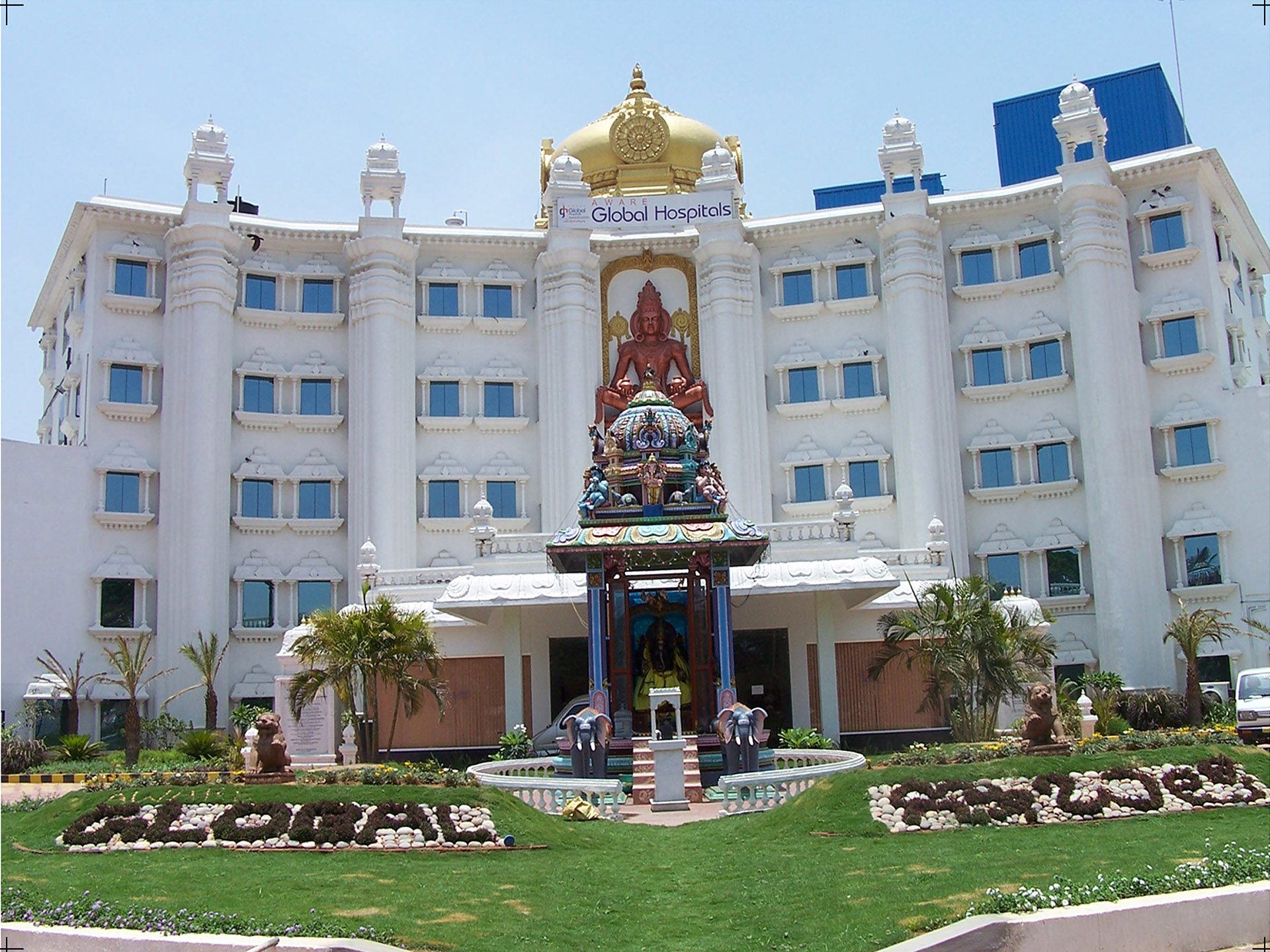Symptoms and treatment of Urolithiasis/Kidney Stone Disease
Urolithiasis and nephrolithiasis/Kidney stone disease is a pathology provoking salts and mineral sediments appearing in the kidneys in solid formation form. All urinary tract parts can suffer from this disease. In most urolithiasis cases, the urine composition is too concentrated, causing minerals to grow together and crystallize.
Process of getting a stone out of the kidneys is extremely painful. Nevertheless, this pathology doesn’t cause significant harm, if it’s detected in time. Mostly, solid formations leave the body on their own, without outside help. Surgeon intervention is necessary if stone is stuck in the urinary canal and can’t pass further.
Urolithiasis types
- Calcium formations. Mostly, such stones consist of calcium oxalate – special substance produced by the liver or obtained from food. In particular, many vegetables and fruits, etc., contain excessive oxalate amounts.
- Calcium formations from phosphate. It occurs when people have taken anticonvulsants or migraine medications for a long period.
- Struvite – body’s response to infection affecting the urinary tract.
- Cystine – with the disease “cystinuria” – an excess amino acid amount secreted by kidneys.
- Uric acid formations – excessive body liquid loss: a person suffers from chronic diarrhea, and the like.
Kidney stone disease causes
As with many other pathologies, exact urolithiasis causes haven’t yet been identified. Solid formations appear in a high crystal-forming substance environment in urine – oxalate, calcium, and so on. Therefore, urinary fluid is unable to dilute them, reducing dangerous concentration. With it, substances preventing the crystals adhesion are completely absent. Other negative factors are as follows:
- genetic predisposition – relatives suffered from this pathology;
- constant liquid lack – water consumption in small quantities;
- compiling a diet of foods containing a lot of protein, salt and sugar;
- overweight with a high BMI;
- digestive system or previous operations diseases;
- certain diseases influence – cystinuria, hyperparathyroidism, etc.;
- excessive consumption of nutritional supplements, antacids, laxatives and the like.
Urolithiasis symptoms
Mostly, solid formation’s presence has no manifestations. Symptoms appear if stones pass into the ureters. They can get stuck in these tubes, preventing urine flow and provoking strong urinary organs spasm. In this case, symptoms are as follows:
- acute groin pain with variable intensity;
- heavy pain under the ribs;
- painful urination – burning and acute pain;
- urine turns red-rosy or brown and becomes opaque smelling very unpleasant;
- frequent urination in small amounts;
- chills and fever in infection presence.
Urolithiasis diagnosis and treatment
Clinical methods used for nursing diagnosis of urolithiasis include the following.
- High resolution CT – formations size and urogenital organs condition determination . Additionally, with this diagnosis, doctors will be able to track stone movement.
- Intravenous pyelography – urethra X-ray with a dye introduction.
- Urine blood test – uric acid, phosphorus and calcium rate determination.
During urolithiasis treatment patients drink a lot of water and get drugs for reducing the urine acidity. Stone comes out on its own. Feelings are painful.
If pathology is too huge, blocks the urine outflow, or infection is already present in organism, surgical intervention is required:
- shock wave lithotripsy – stone is crushed into small pieces with sonic shocks; then, these small parts are excreted in the urine;
- ureteroscopy – endoscope introduction into ureter for stone extracting;
- percutaneous nephrolithotomy – operation in the huge formation’s presence.










